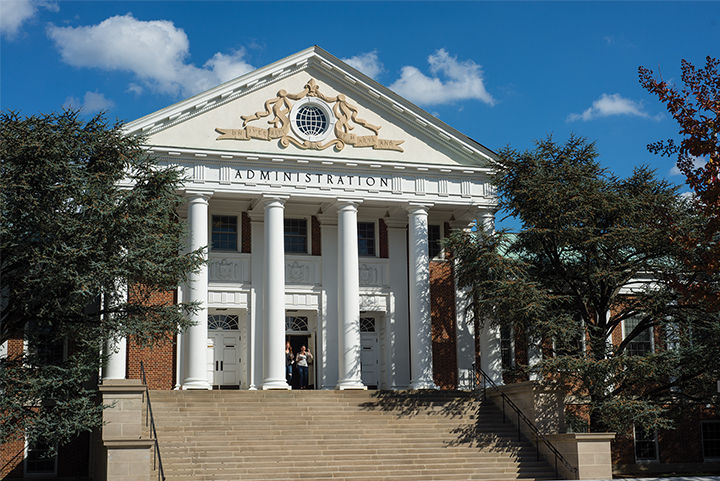The U.S. Education Department’s Office for Civil Rights opened a third case into the University of Maryland to investigate how the school handles sexual violence issues.
The case was opened Dec. 6 and is one of 343 open investigations across 247 colleges and universities, as of Dec. 13, according to The Chronicle of Higher Education. The department opened its first case into this university on Jan. 11, followed by a second case opened on March 31.
Active cases exist at all but three of the 14 Big Ten institutions — Minnesota, Northwestern and Rutgers — and five of these schools have at least two open cases.
“The university learned of an individual complaint prompting review by the Education Department’s Office for Civil Rights on possible Title IX violations,” university spokeswoman Katie Lawson wrote in a statement. “We plan to fully comply and assist in the review process. Our commitment to a campus free of sexual misconduct remains steadfast.”
[Read more: U.S. Education Department opens second Title IX investigation into UMD]
As of Tuesday, the federal government has conducted 457 investigations of colleges that may not have properly responded to sexual violence cases, according to The Chronicle. So far, only 114 of those investigations have been resolved.
Since this university’s Office of Civil Rights and Sexual Misconduct was established in 2014, students have called for greater resources and transparency regarding sexual violence cases and how they are handled on the campus.
In September 2016, the Student Government Association proposed a mandatory $34 student fee to help fund the office, which OCRSM Director Catherine Carroll has called underfunded and understaffed, but the proposal was withdrawn after this university announced it would fund six new campus positions to address sexual misconduct.
[Read more: ‘It’s Real’: A seven-part look at how sexual assault is handled at the University of Maryland]
This university aims to resolve sexual misconduct cases within 60 business days, but the process often takes twice as long. Nationally, Title IX complaints frequently take more than a year to be resolved, according to FiveThirtyEight.
In May, university President Wallace Loh announced he’d approved the recommendations of the Joint President/Senate Sexual Assault Prevention Task Force — a 16-member group of faculty, staff and students — and said he would implement the task force’s guidelines, including mandatory in-person training for incoming students, beginning summer 2017.
Between the 2014-15 and 2015-16 academic years, sexual misconduct reports, complaints and investigations all increased significantly, according to the 2015-16 Student Sexual Misconduct Report. Carroll was recently reassigned from reporting to Loh’s chief of staff to the school’s general counsel, a move Loh said in September was meant to ease the reporting process.
During each of the two academic years that followed the OCRSM’s creation, a record number of students were expelled for sexual assault. This university also faces a $5 million lawsuit from a former student, who alleges he was wrongfully expelled after an investigation found him responsible for sexually assaulting a woman in on-campus housing in 2014.
In September, Education Secretary Betsy Devos rescinded her department’s Obama-era guidelines for campus sexual assault investigations. While universities were previously told to use a “preponderance of evidence” standard, they can now choose to use the “clear and convincing evidence” standard, which requires more certainty and is thus harder to meet.
This is a developing story. It will be updated as more information becomes available.



